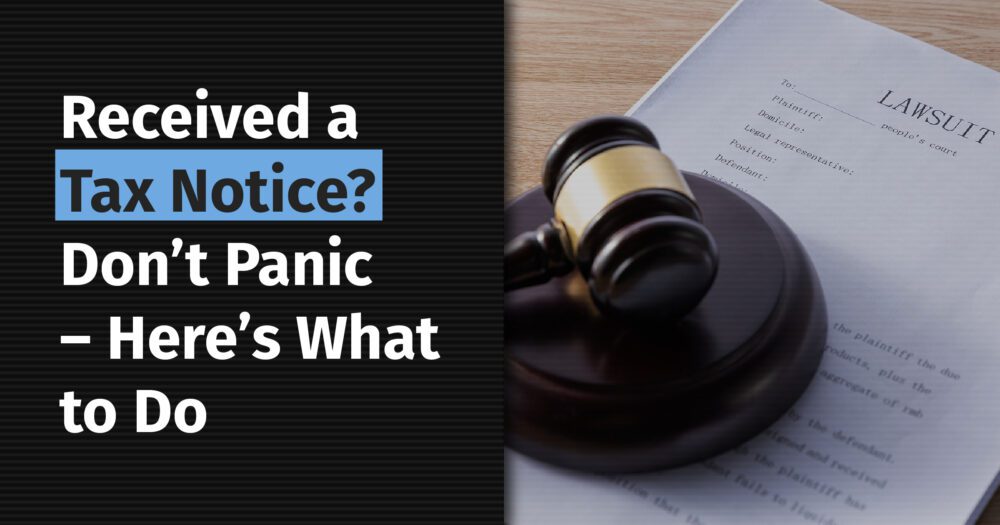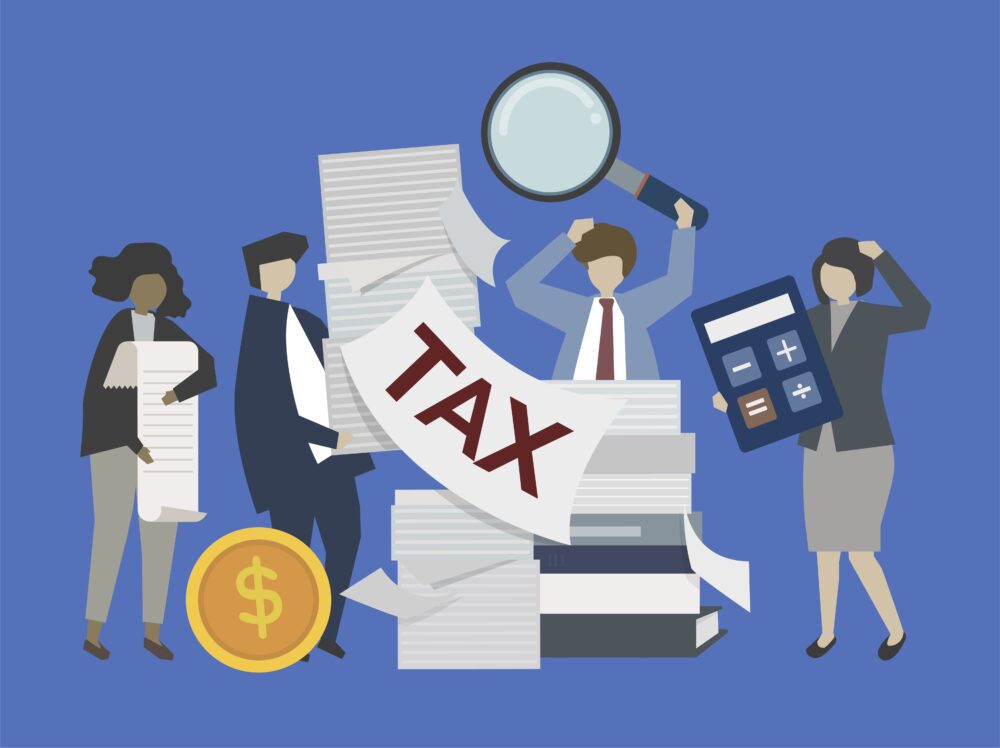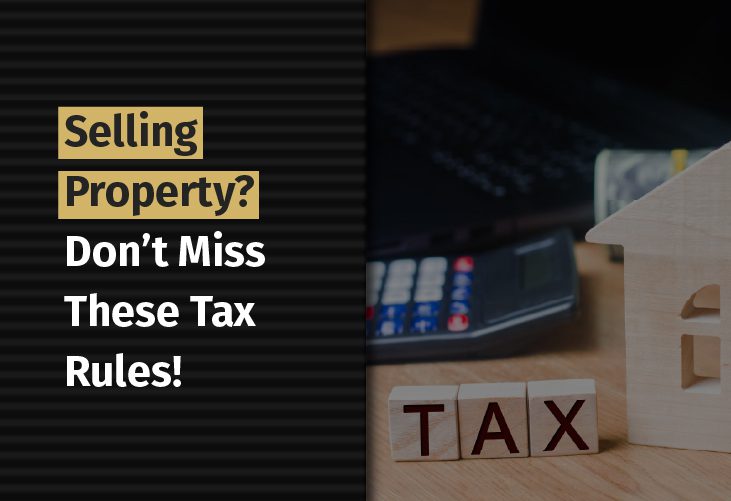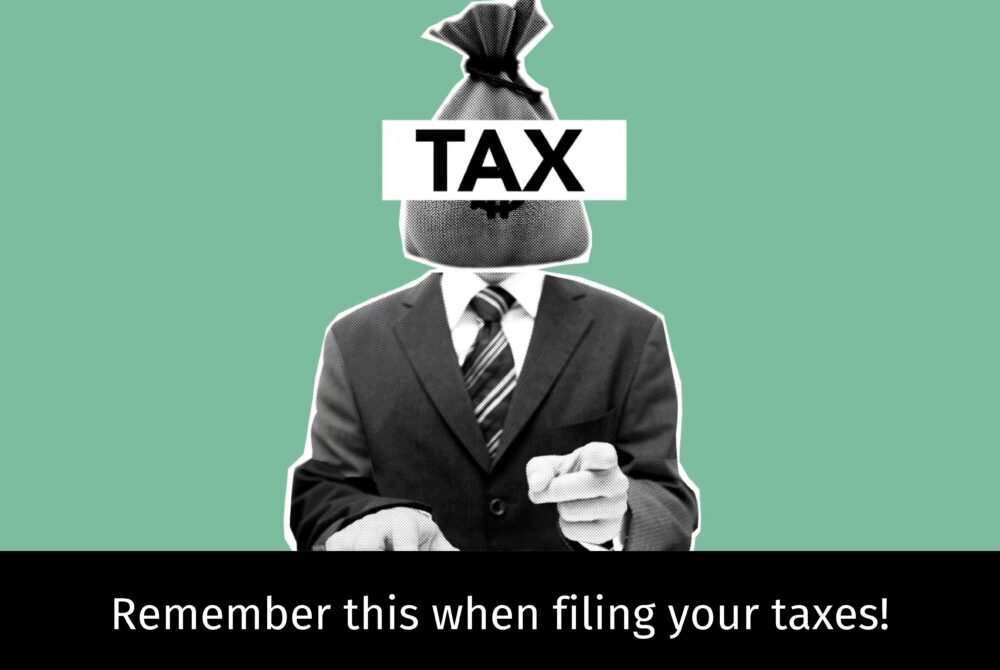Receiving an income tax notice might feel like a thunderstorm on a sunny day, but it’s actually a routine part of the tax system. Whether you are a salaried employee, a business owner, or self-employed, it’s crucial to understand what these notices entail and how to respond effectively.
These income tax notices can range from a simple request for additional information or clarification to more serious concerns, such as discrepancies in tax returns, audit actions, or demands for outstanding tax dues. Let’s explore how to deal with these notices and ensure you stay compliant with tax regulations.
Notice under Section 139(9) : Defective Return Notice
A return will be considered defective if it contains particulars that are missing or incorrect. Common reasons include incomplete ITR forms, missing tax payment details, mismatches between income reported and Form 26AS/AIS/TIS, incorrect personal details, undisclosed income, or selecting the wrong ITR form.
You have 15 days to respond to this notice, with the possibility of an extension by writing to your assessing officer. It’s important to correct the errors and submit the revised return within the given time to avoid further complications.
Notice under Section 142(1): Additional Information Required
This notice is a formal request by tax authorities to individuals who have either filed a return under Section 115WD or Section 139, or failed to file a return within the specified time under Section 139(1).
Common reasons for receiving this notice include discrepancies between reported income and other income tax databases such as 26AS or AIS/TIS, high-value transactions requiring verification, random scrutiny, or tax audit requirements.
While there is no specific time limit for the department to issue this notice, you are generally expected to respond within 30 days.
Notice Under Section 143(1) : Processing Intimation
This is an automated intimation from tax authorities acknowledging the preliminary evaluation of your return. It checks for mathematical errors, discrepancies in TDS or tax payments, incorrect income reporting, differences in claimed deductions, missing information, or tax credit mismatches.
Every return filer receives this intimation, which reflects the final tax payable or receivable, including any interest adjustments based on identified errors (if any). If you are due a refund is due from the Income Tax authorities, this serves as a key milestone towards receiving it.
A notice can be issued within 9 months from the end of the financial year in which the return was filed. For example, if you file your ITR for FY 2023-24 by the due date (31st July, 20245), which falls in FY 2024-25, you may receive a notice by 31st December, 2025. You are usually required to respond within 30 days.
Notice under Section 143(2) : Scrutiny Notice
This notice is served if the Income Tax authorities believe you have under-reported income or over-reported losses, resulting in unpaid taxes as per the law.
It must be served within 3 months from the end of the financial year in which the ITR was filed, with a typical response time of 30 days.
Notice Under Section 148: Escaped Assessment
This notice is served if income tax authorities has reasons to believe or information that any income has not been disclosed and has escaped assessment. Common reasons include undisclosed income, errors in previously filed income tax returns, high-value transactions that do not match reported income, indications of tax evasion from external sources, or the need to reassess past returns due to new discrepancies.
In general, a notice under Section 148 can be issued within 3 years and 3 months from the end of the relevant assessment year. However, if the Income Tax authorities have reasons to believe that income of ₹50 lakhs or more has escaped assessment, the notice can be issued within 5 years and 3 months from the end of the relevant assessment year. Once the notice is issued, the taxpayer is generally expected to respond within 30 days.
Dive into a Case Study:
Mr. Roy is a wise marketing professional with a side hustle growing as a freelancer. He was timely filing his annual income tax returns under Section 139(1). Everything was fine till one day when a notice of Section 142(1) landed in his inbox. The tax department asked for further details of his freelancing income. Roy gathered his documents and replied promptly.
Now, as per Section 143(1), his return was processed. Roy thought that all the tax issues were resolved, but then he got the scrutiny notice under Section 143(2). The department wanted a closer look at the increasing freelance income. After submitting detailed records, Roy’s case was cleared.
Years later, the tax department reopened an old return under Section 148 suspecting some under-reported income. Roy filed a revised return under section 148 of the Income Tax Act, 1961 once more, setting things right again.
In the end, Roy learned that staying organised and informed made his tax journey stress-free.
Conclusion:
Understanding income tax notices and knowing how to respond is crucial for effective tax management. With the right guidance, it can become a manageable task. Proactive tax planning is key to avoiding surprises and ensuring peace of mind.
A financial advisor can help you maximise the benefits available while ensuring compliance with tax laws and helps to avoid notices and penalties due to non-compliance, while also simplifying the complex filing process.
To optimise your tax planning, download the 1 Finance app and book a consultation with a qualified financial advisor for a seamless, hassle-free tax planning experience.







